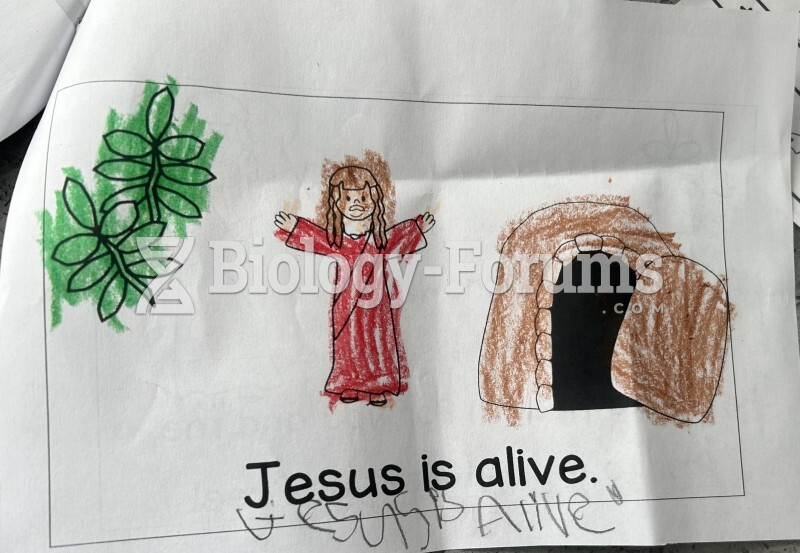Answer to Question 1
- Many literary works reveal the pernicious effects of racism from whites to blacks, but in this story, the racism is reversed. Here the developmentally disabled white girls are innocent victims of prejudice and misunderstanding. This fact suggests the storys theme: that it is easy for all people to misjudge one another, especially when assumptions are made solely on the basis of skin color or race. Ultimately, the story reveals that there is more to any human being than the color of ones skin. After all, Troop 909 is more defined by their gender and disabilities, rather than race or ethnicity.
Brownies also demonstrates that all forms of prejudice are learned from a very early age. The narrators hatred strikes the reader from the storys opening sentence: By our second day at Camp Crescendo, the girls in my Brownie troop had decided to kick the asses of each and every girl in Brownie Troop 909. That this desire is based only on racial stereotyping is clear from the second sentence: Troop 909 was doomed from the first day of camp; they were white girls, their complexions a blend of ice cream; strawberry, vanilla. It shocks the reader to learn later that all the girls in Brownies are only in the fourth grade, and therefore between eight and ten years old.
Laurels epiphany suggests the obvious: since her racism is, in part, learned from her father, it will take strength and willpower for her to break this cycle of prejudice and something mean in the world (par. 195). Not only will she have to transcend both her own familys racism and the larger racism of society, she will need courage to stand up to the Arnettas of the world, who unjustly accuse others. Perhaps one of the most disturbing aspects of this story is that girls ages eight to ten paradoxically have a view of race that is both innocent and sophisticatedand often ignorant both of their own and of others.
Two relevant online interviews with Packer may also interest teachers or students. At the current time of writing, we found:
In
Nidus (No. 9, Summer 2005), Packer talks with Jeff Janssens and
S. Zoe Wexler about her writing and revision process, her experience at Iowa Writers Workshop, and her perspective on writing about race:
www.pitt.edu /nidus/current/packer.html.
In an interview on
WordSmitten.com, Packer talks about researching her novel about the Buffalo Soldiers (the black cavalry troops who fought in the Indian Wars). She makes some interesting comments about the way in which victims become victimizers, which are very relevant to an understanding of Brownies:
www.wordsmitten.com/author_zzpacker_parttwo.htm.
Answer to Question 2
- As they get off the bus at camp, the white Brownie troop is immediately branded by the black girls for no reason other than their skin color. Their experiences at their schoollocated in the suburbs of Atlantareinforce such stereotyping, especially since there is only one white student at Woodrow Wilson Elementary (par. 13).
For example, when the black girls joke around in school with the idea of what behaviors are, or are not, particularly associated with Caucasians, their own prejudices are highlighted. They tease a boy for his unstylish jeans; they belittle anyone different from them. They use the word Caucasian so often that it loses its meaning altogether: if you ate too fast you ate like a Caucasian, if you ate too slow you ate like a Caucasian (par. 12). These earlier prejudices carry over into their view of the white Brownies.
Their assumptions about white girls come from TV commercials and from impersonal encounters with white people; none of them have any authentic relationships with any white girls or boys. Because whites are the minority group in the south suburbs of Atlanta, the girls confess that it was easy to forget about whites. Whites were like those baby pigeons: real and existing, but rarely seen or thought about (par. 14). But at camp, the black girls are forced to deal with a group of ten girls who look different than they do. Their envy and hatred is based on jealousy and longstanding resentment, because they are forced to look at the white girls long, shampoo-commercial hair, straight as spaghetti from a box (par. 14). A war theme is set up early when the black girls declare the white girls to be
invaders (par. 14) who were doomed from the first day of camp (par. 1).
The readers (and the narrators) sense of the situation is initially clouded by Arnettas dubious accusation that the white girls called Daphne a nigger, a word that triggers in the troop (and the reader) hurtful racist associations. Packer is such a good storyteller that by the time we get to the restroom scene, we, like the black girls, focus only on the offensive nature of the word nigger, which arguably none of the white Brownies ever said. That word has become a convenient reason for the fight that was planned before any girl in Troop 909 ever opened her mouth. Ask your students to reread the opening paragraph to see that the true motive for the fight has little to do with words, and everything to do with the skin color of the doomed Troop 909.
Answer to Question 3
- In the end, the story is really about Laurel (Snot)her growing sense of morality and what it means to grow up as a black girl in America.
As the girls leave camp, Laurel remembers an unusual moment from her past when her father asked a Mennonite man to paint his porch. She shares this memory with the girls on the bus, whoexcept for Daphnehave little appreciation for her revelation. Having lived through the futile racist drama at camp, Laurel finally begins to understand what her father meant when he said: it was the only time hed have a white man on his knees doing something for a black man for free (par. 193).
This seemingly incongruous moment from Laurels past proves essential to a full understanding of Brownies. When Daphne silently chooses to bend over and clean the restroom without any thought of receiving a Brownie patch as a reward, she speaks louder than Arnetta to Laurel and to the reader. The incident with Troop 909 mysteriously leads Laurel to understand her own past and what her father meant, though I didnt like it (par. 194).
The realization that when youve been made to feel bad for so long, you jump at the chance to do it to others offers neither hope nor promise that these Brownies will be leaders with courage, confidence, or character who will break a cycle of racial stereotyping. Of all the girls, Daphne alone asks Laurel if her father thanked them, and when Laurel replies, No, the full epiphany comes to her as she suddenly knew there was something mean in the world that I could not stop (par. 195). This, coupled with Laurels earlier statement that we had all been taught that adulthood was full of sorrow and pain, taxes and bills, dreaded work and dealing with whites, sickness and death (par. 96), leaves the reader to question whether or not Laurel will even try to stop the meanness.







